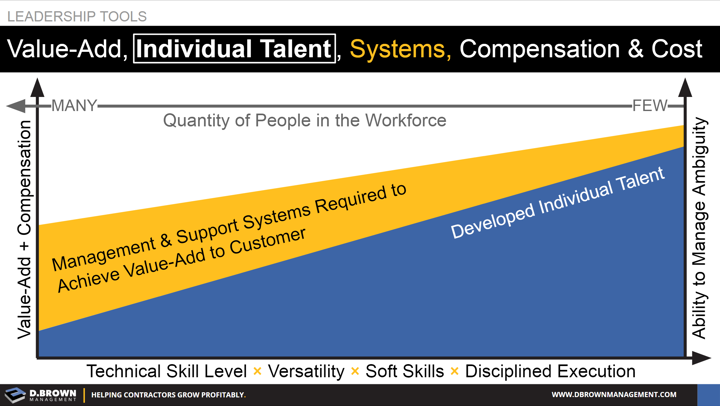This support structure is called “Enabling Bureaucracy” and is a combination of management time, control systems, QA/QC, workflows, training, etc.
As contractors grow they need to refine their organizational structures, workflows, job descriptions and their talent processes to support this growth.
These support structures must be built over time and integrated with the contractor’s growth strategy. Once effectively in place these support structures will produce a more scalable organization that can actually deliver the same value-add to the customer at a lower total cost providing a competitive advantage.
These systems are slow, painful and costly to put into place. The recruiting focus of a contractor must be in alignment with the levels of support structures they have in place. Netflix defines this quite well in their culture slide deck and book.
Are your support structure capabilities and recruiting in alignment?
If not there will be excessive stress on the team combined with lower profitability. This just means you are at one of the inflection points on the business growth cycle.

